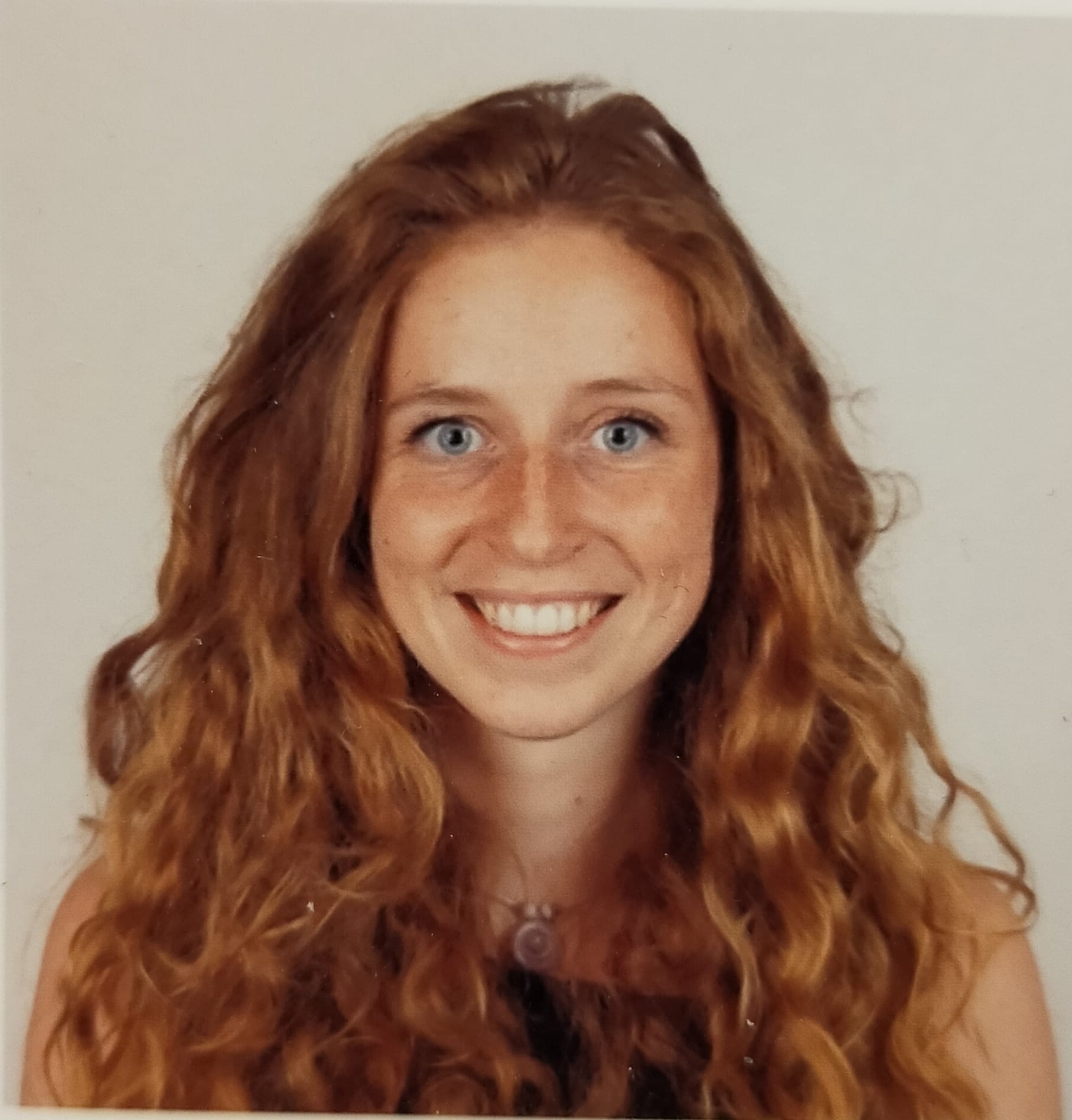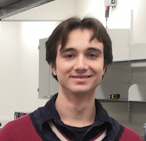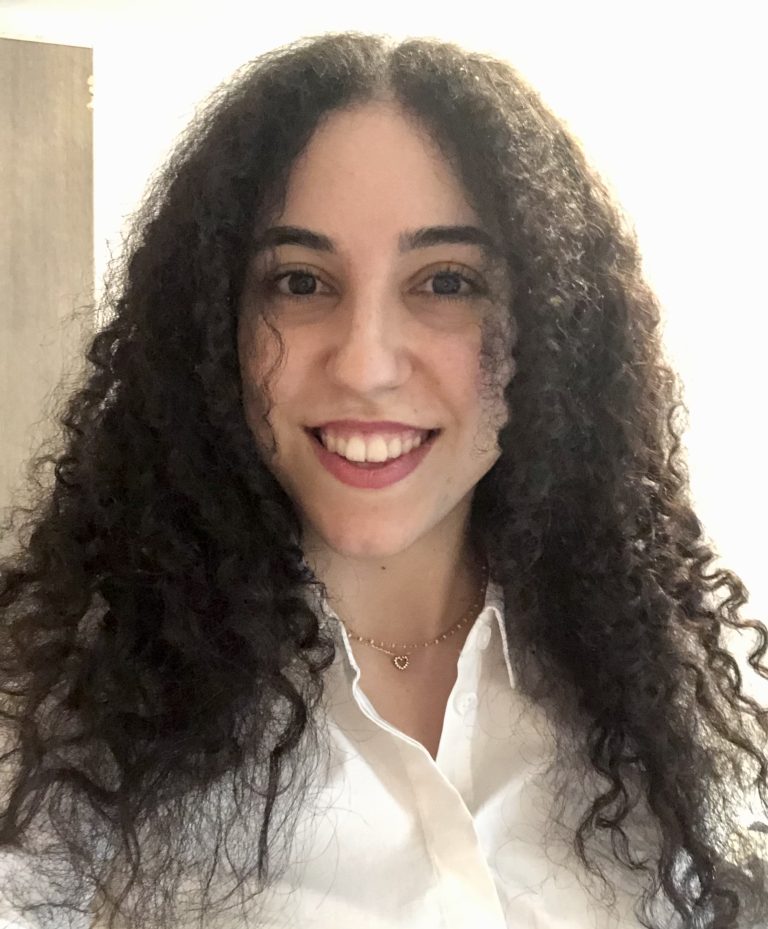
Ultra-precise, shock-resistant optical clocks
Precise timing and synchronisation systems have a remarkable impact on our lives. Behind the scenes, precise timing underpins our digital communication networks, radar systems, and global satellite navigation systems (GNSS) such as GPS. The exceptionally precise timing offered by atomic clocks has been essential for these elements of our national and international infrastructure for several decades.
While traditional microwave atomic clocks already have impressive precision down to 1 part in 10^14, atomic clock technology has undergone a revolution in the past two decades, since the invention of a new, accurate method to measure optical frequencies (see 2005 Nobel Prize in physics). Using the new “optical” atomic clocks, it is now possible to measure time more precisely than ever, with uncertainty down to a few parts in 10^19. These optical clocks have exciting applications in fundamental science: for example, we can observe them ticking at different rates when they are changed in height by as little as 1 mm from the ground, due to subtle effects of general relativity. However, if optical clocks could be deployed outside the laboratory, they could also have a significant practical impact on our lives - for example, they could enhance the speed and resilience of our digital communication networks.
In this project, we are developing a new type of optical atomic clock which can not only measure time with even greater precision than current laboratory optical clocks, but will be robust enough to leave the laboratory and be deployed in field applications such as communication networks. At the core of our clock, we stabilise the optical “ticks” to the atoms continuously, rather than using more traditional pulsed stabilisation techniques. This continuous stabilisation improves the precision of the clock at short measurement times by a factor of up to 100, and greatly reduces sensitivity to mechanical shocks - which is otherwise an insurmountable barrier to developing portable, deployable clocks.
People
Prof. Oliver Buchmueller
Dr. Charles Baynham
Dr. Richard Hobson

Alice Josset
David Evans





